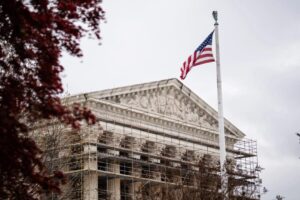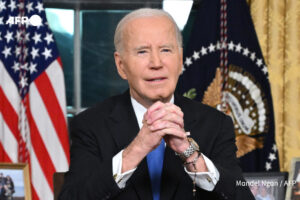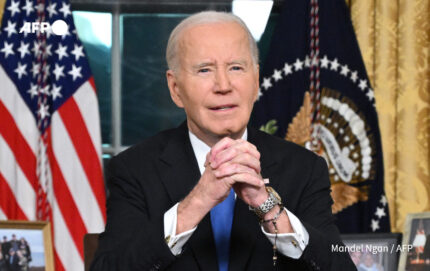The Trump administration is reportedly preparing an executive order that would significantly alter the governance of the United States Postal Service (USPS). According to The Washington Post, the order aims to dismiss the entire USPS Board of Governors and transition the agency from an independent body to fall under the jurisdiction of the Department of Commerce. This move would grant the executive branch full authority over the postal service, a shift from its historically independent status.
The proposed order is expected to be signed as soon as next week, marking one of the most dramatic changes in the history of the USPS. If implemented, it would restructure the leadership of the postal service, eliminating its current governance model and centralizing control within the executive branch. This has raised concerns among lawmakers, postal workers, and industry experts regarding the implications of such a shift.
Commerce Secretary’s Role and Privatization Concerns
The restructuring of USPS comes shortly after the confirmation of Howard Lutnick, a former Wall Street executive, as the new Secretary of Commerce. Lutnick’s appointment has led to speculation about the future direction of the postal service under his leadership. Critics argue that placing the USPS under the Commerce Department could pave the way for privatization, a move that has long been debated in conservative circles.
During his previous term, Donald Trump floated the idea of privatizing the USPS, arguing that it would improve efficiency and reduce financial losses. If the executive order is signed, shifting the USPS under the Commerce Department could be seen as the first step toward that goal. By removing the Board of Governors, the administration would have the power to restructure the agency in ways that could ultimately benefit private corporations.
White House Denies Allegations Amid Public Outcry
Despite growing concerns, the White House has denied any plans to take direct control of the USPS. A spokesperson stated, “This is not true. No such executive order is in the works, and Secretary Lutnick is not pushing for such an order.” However, the continued circulation of reports has done little to ease public anxiety over the potential loss of USPS’s independence.
The uncertainty surrounding the future of the USPS has sparked reactions from lawmakers on both sides of the political spectrum. Some Republican officials have supported increased oversight of the postal service, citing its financial struggles, while Democrats have raised alarms over the risks of executive overreach and potential service disruptions.
Postal Workers’ Unions Condemn the Move
Several postal unions have strongly opposed the rumored executive order, calling it an attack on both employees and the public. The National Association of Letter Carriers (NALC) issued a statement describing the plan as “a direct attack on USPS employees, our universal service, and every citizen who relies on the Postal Service.” The union emphasized that, according to the U.S. Constitution, Congress holds the authority to set postal policy, not the president.
Similarly, the American Postal Workers Union (APWU) warned that restructuring the USPS under the Commerce Department could lead to increased postage rates and reduced services, particularly in rural areas. APWU President Mark Dimondstein stated, “This is an attempt to undermine the USPS’s public service mission and move towards privatization, which will ultimately hurt working families and small businesses across the country.”
Financial Struggles and the Future of USPS
The USPS has faced significant financial difficulties in recent years, reporting a net loss of $9.5 billion in 2024. Postmaster General Louis DeJoy recently announced his resignation, urging the Board of Governors to appoint a suitable successor who can navigate the agency’s ongoing challenges. DeJoy’s tenure was marked by controversial cost-cutting measures and a 10-year turnaround plan that prioritized package delivery over traditional mail services.
With the future of the USPS now uncertain, experts argue that a long-term solution is needed to address its financial stability while preserving its public service mission. The proposed executive order, if enacted, could mark a turning point in the history of the postal service, with potential consequences for millions of Americans who depend on its services. As debates continue, all eyes remain on the Trump administration’s next steps regarding one of the nation’s oldest and most essential institutions.














